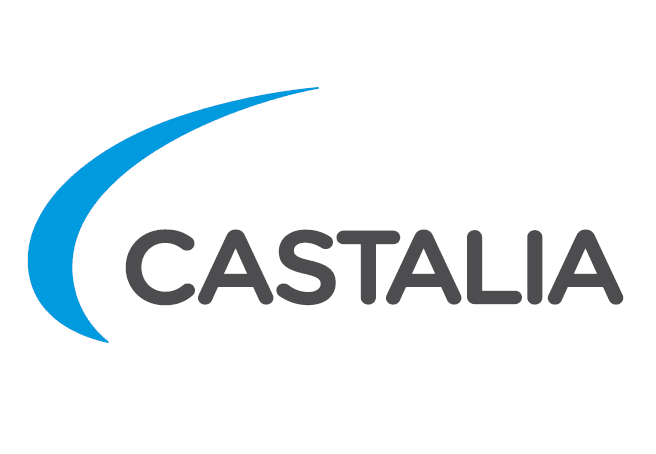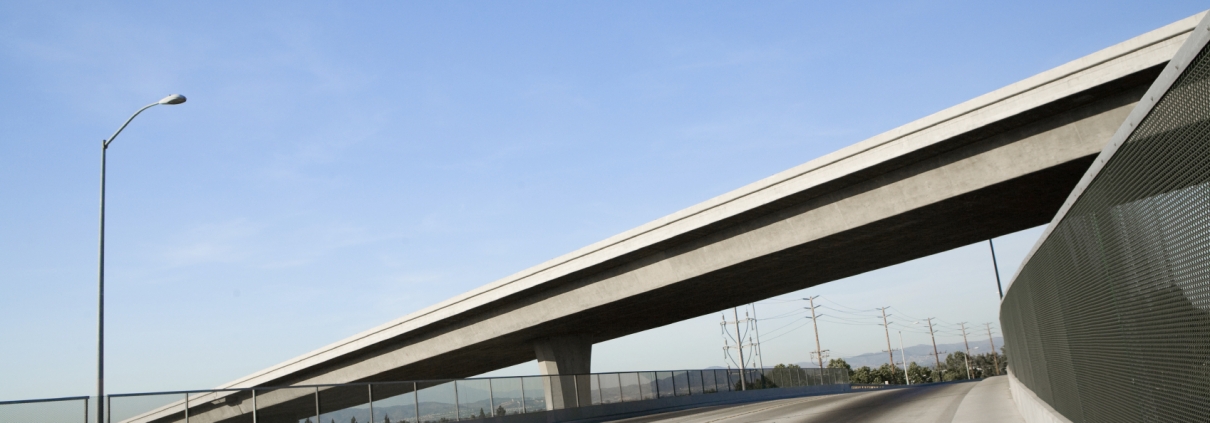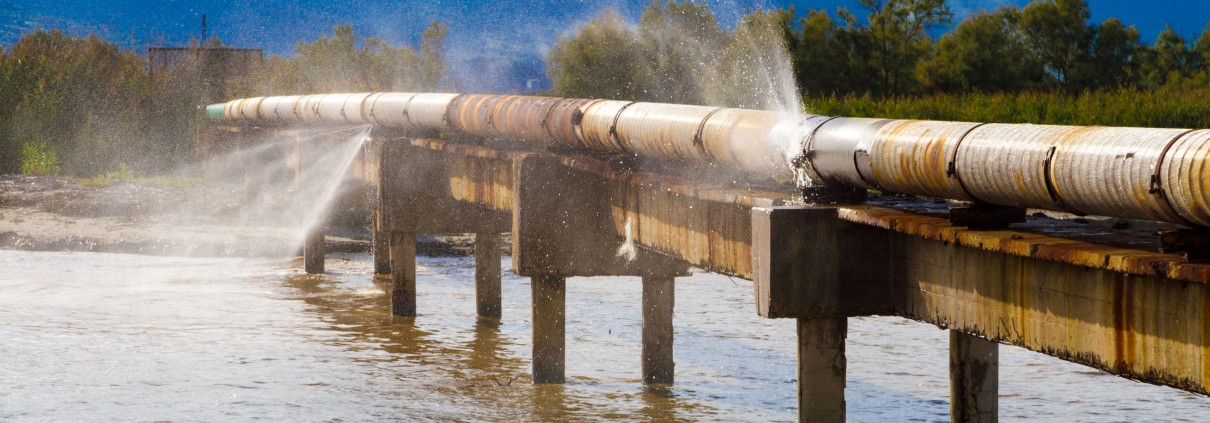Castalia’s blog
Infrastructure projects, and public-private partnerships in particular, around the globe and in all sectors have felt the impact of the COVID-19 pandemic, as supply chains and customer demand have been disrupted and health recommendations have changed the way business is conducted.
Many countries have taken action to limit the virus spread through social distancing policies, limiting work to only essential activities, closing schools and restricting travel. Approximately 90 percent of the world’s population has faced travel restrictions amid the COVID-19 pandemic.
User-fee concessions (including roads, carparks, airports, ports, ferries, etc.) are under great stress due to reduced demand. According to the International Bridge, Tunnel & Turnpike Association (IBTTA), traffic on tolled facilities in the United States is down by 50 to 90 percent. Availability fee-based projects may come under increased pressure as public sector counterparties face declining revenues and competing demands during the pandemic. While for many projects the problem is one of near-term liquidity, the long-term outlook for these assets could be in doubt if GDP growth forecasts are revised downward. The pandemic has brought into focus the risk to the financial performance of the PPP infrastructure projects and their ability to stay under construction, to operate and provide maintenance according to expectations, and to service debt.
Governments and authorities managing infrastructure concessions should get ahead of this through a rapid assessment of their PPP portfolios to identify and measure risk factors, including exposure under their force majeure (FM) clauses, develop action-oriented steps to manage the risks and, when appropriate, commence early engagement with private sector operators.
Force Majeure in PPP Agreements
Most international PPP agreements explicitly include FM clauses. FM clauses define the circumstances beyond a contracting party’s control in which a party’s nonperformance may be excused. At a minimum, such clauses typically allow an extension of time for performance and relief from liability for nonperformance by the party timely invoking it; in some cases they permit additional relief, such as an ability to terminate the contract and even in a minority of cases a pass-through of costs. As a creature of contract (rather than relief provided under statutory or common law), FM clauses can vary widely and the scope of events that qualify as FM and the relief available to a party impacted thereby will depend upon the specific language used in a contract. There is a lot of variability in PPP agreements, and the words chosen are important.
Certain claims of relief can be expected to be made under the most typical formulations of FM clauses in PPP agreements. For projects that have not yet achieved commercial operations, this may include deadline extensions, waiver of delay liquidated damages (LDs) and potentially pass-through of additional costs. For projects that are operational, this may include adjustments to performance standards, waiver of performance LDs, pass-through of additional costs and excuse from performance.
Impact on PPPs is Not Universal
While some projects deemed essential are progressing despite the pandemic, others are halted. In addition, some projects may be delayed due to supply chain disruptions of equipment and materials—such as structural steel from Asia. It is too early for hard figures, as the impact is not universal and is rapidly evolving—some projects continue and are able to overcome the crisis, some areas are harder hit than others. Disparate impacts are seen in both emerging markets PPPs and PPPs in established markets. There is only anecdotal information currently, such as:
- In mid-March, the mayor of Boston, Massachusetts halted all municipal construction projects for a minimum period of two weeks, which period has subsequently been extended.
- In Australia, construction projects continue and are exempt from the lockdown, with companies implementing staggered shifts and social distancing.
- In Bangladesh, the government suspended the construction works of all major infrastructure projects, reported to be worth more than US$30bn, including bridges, tunnels, power plants and rail.
- Despite early signals that supply chain impacts could lead to significant decline in US renewables, the US the Department of Energy is projecting annual wind and solar capacity additions at only 5 percent and 10 percent lower, respectively, due to the pandemic.
- Reports suggest that the construction plans for Nord Stream 2 remain unaffected by COVID-19 and the developer expects no impact from the social distancing measures on the implementation of the project.
There is a heightened concern about public sector entities’ ability to financially perform in a timely manner in some countries. The risk of increased delays in payments is due largely to further pressure on the governments’ finances, derived from a depressed economy. Governments and PPP agencies not only face concerns about the financial performance of the PPP projects, but also the operational performance in light of COVID-19.
Assessment by PPP Agencies and Governments in Emerging Markets
The availability of specific types of FM relief will depend upon the contractual language included in the PPP agreement. However, under some of the most common FM contractual language, the key questions PPP agencies should consider include the following: Is the private partner prevented from performance? Was the impact of COVID-19 something the private partner could have provided against? Are impacts covered under an insurance policy, or should they have been? Has the private partner taken reasonable steps to avoid or overcome the impacts of COVID-19? Are the remedies sought by the private partner contemplated by the PPP agreement? Does the private partner’s request for FM relief comply with the process requirements in the PPP agreement?
Action for Emerging Markets Governments to Take Now
- Stay up-to-date regarding the spread and impact of COVID-19 locally
- Stay abreast of the latest information related to the spread of COVID-19 locally, including the number of confirmed cases, number of deaths and capacity of hospitals, as the spread may impact claims for FM relief.
- Refresh the base of knowledge about their concession agreements, financial exposure under FM and financial models for each project to be ready to estimate possible FM exposure, and/or defend against unjustified FM claims.
- Learn how other PPPs and actors are addressing the impacts of COVID-19. Some actors may have crafted solutions to overcome the effects that could be applied to other PPPs.
- Assess the entire portfolio of PPP projects
- PPP agencies should assess the financial and operational performance of all PPP projects in their portfolio, identify the risks posed by COVID-19 to such projects and review the FM provisions contained within the applicable PPP agreements to determine the likelihood that a private partner may currently be entitled to or may soon be entitled to make a claim for FM relief.
- If it is determined that the private partner of a particular project is likely to claim FM relief, PPP agencies should consider what steps will be required of them in response. Will the PPP agency be obligated to respond or take action within a set period of time under the PPP agreement? Will a claim for FM relief under this project trigger obligations under other contracts? Are there public notice requirements for the PPP agency under law?
- Take proactive steps to prepare for claims
- Rather than wait for a partner to make a claim of FM and potentially end up in a dispute, engage with partners to determine the partner’s assessment of the risk of COVID-19 to its projects and its plans for addressing such risk.
- Consider on a project-by-project basis whether to negotiate and implement a COVID-19 response plan for the project in which the PPP agency and private partner agree to actions that each party should be taking now to address COVID-19, actions that each party will take in the future and the triggers for such actions.
- If necessary, consider on a project-by-project basis whether to negotiate amendments to the PPP agreement (for instance, to modify performance targets) in exchange for a waiver of FM relief related to COVID-19.
Other Related Issues
Emerging markets governments should also evaluate how their actions in response to COVID-19 may impact a private partner’s ability to perform under a PPP agreement. Restrictions on gatherings, nonessential businesses and travel may constitute a “Change in Law” under the PPP agreement, entitling the private partner to relief separate from and additional to the FM protections.
Further Information
For further information and discussions on force majeure in the context of COVID-19, please refer to the following: Force Majeure: Jurisdictional Comparison and Practical Legal and Commercial Considerations, Excusing Performance of Commercial Contracts due to ‘Force Majeure’, and Contract Cancellation and the Doctrines of Impossibility and Frustration of Purpose.
Authors
John J. Beardsworth, Jr. (co-author)
Benjamin Y. Cooper IV (co-author)
* Hunton Andrews Kurth LLP, an international law firm with over 1,000 lawyers practicing from 20 offices worldwide, has represented clients throughout Africa, Asia, Europe, Latin America and the United States on PPP transactions and other project matters for more than 30 years.
Share this entry
Clive Harrison is an old friend and a water sector professional with a fine gasp of modelling that get to the essence of complex problems even when the data is poor. While stuck in Poland because of travel restrictions due to COVID-19, he turned to modeling to understand the pandemic. The result was an easy-to-use Excel model where anyone can enter their own assumptions about key variables such as social distancing and doubling time of the virus, and see how changes in those variables change the rate of infection and death in various countries. Clive has agreed to share this model which might be helpful for people trying to understand the basic dynamics of the epidemic. Clive has also shared his thoughts about modeling in situations like this. Please feel free to download the model at the end of this post, and do let us know if you make improvements to the model.
David Ehrhardt, Chief Executive, Castalia
Clive Harrison is the guest author of the blog post below.
In the absence of of any hard data I turned to modelling to try to figure out what’s really happening with the pandemic. It’s very simple, deterministic stuff but it seems to work quite well. It’s fun but a bit scary to play with the assumptions (highlighted in yellow in the model). I pulled in the latest stats on reported deaths in each country and calibrated my models for Canada (almost exactly the same population as Poland), Sweden (it looks as they are within a few days peaking out, without any formal social distancing), the USA (don’t look, it’s awful) and the UK (ditto). India would be interesting to look at but I don’t have the stomach for that yet.
I noticed the little piece in the Economist a week or so ago, on a pre-peer-review paper by Silverman and Washburne on “using ILI surveillance to estimate state-specific case detection rates” to estimate the unreported COVID-19 cases and then project their growth. ILI stands for Influenza-Like Illness, and the Obama administration set up a system where panels of GPs in each State report the weekly numbers of patients consulting them with flu-like symptoms but who test negative for flu. Apparently there is a very unusual spike in these reports that coincides and correlates with the early Covid-19 case reports but is many times larger (i’m attaching it in case you didn’t see it). The implication is that the number of infectious cases is much larger than current estimates and thus that the death rate is commensurately lower and the spread much quicker.
There’s also a recent study based on surveys in Heinsburg, Germany, that reportedly estimates the death rate there at just under 0.5%, so I took that as my upper bound and then modeled for death rates of 0.1% and 0.5% to see what difference they make. If confirmed then it means that the epidemic will peak and fade more quickly than present estimates suggest and that there would be mercifully fewer deaths. Sweden will show the way in the next few days probably, as their case and death rates are spiking and could peak and start to fall in the next week or two.
The model assumptions are very simple: the basic infection rate is defined as the time for cases to double, nobody gets infected a second time, the proportion of susceptible individuals shrinks as the proportion of people who are or were infected increases, and social distancing slows the rate of growth by increasing the doubling time. I calibrated the models by adjusting the date of the first infection, the doubling time, the multiplier for the impact of social distancing and the number of days after the start of the epidemic before social distancing was introduced (but I didn’t check whether this matched the actual date). The third chart to the right of the table shows the actual reported deaths as blue dots and the model values as lines, orange with social distancing and blue without. The main formulae are in cells C14 and K14 and then just copied down.
If the epidemic is going to be over more quickly than the press would have us believe, then there will be many interesting consequences that I am only beginning to think about.
Photo by Fernando Zhiminaicela
Share this entry
Castalia’s Chef Executive, David Ehrhardt, delivered a webinar on the role of privately-financed performance-based contracts(PBC) for non-revenue water (NRW) reduction in response to COVID-19, both from the perspective of improving public health and restarting the economy. This webinar was hosted by the International Water Association’s Water Loss Specialist Group.
Download
Or watch the recorded webinar below.



















